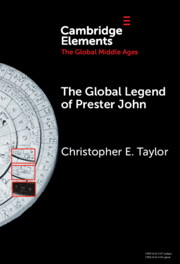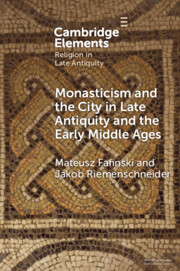The tombstone of an Italian woman, Caterina Vilioni, in Yangzhou (1342) is a rare and important testimony to Christianity in Yuan China. By exploring the visual language and the multicultural geopolitical context of Caterina's funerary monument, this article sheds light on the dynamic processes behind how cultural and religious barriers were negotiated in the premodern Eurasian world. Despite the increasing scholarly interest in the European import of Asian luxury merchandise along the Silk Roads, movement of objects, persons, and ideas the other way around from Europe to Asia is much less explored. Moreover, the expansion of European networks towards the east was written from the perspective of men: friars, diplomats and merchants. Yet, the Yangzhou tombstone directs attention to the overlooked presence of non-elite Christian women in the cosmopolitan port cities of south-east China well before the era of modern global maritime exchange. While previous scholars traced the tombstone to Buddhist and Christian art, I argue that the visual language intentionally projected cultural ambiguity. By comparing it to the Mongol paiza (safe conduct pass), this article proposes that Caterina's burial marker functioned as an ‘otherworldly passport’, which invoked spiritual protection and facilitated the passage between two realms.




